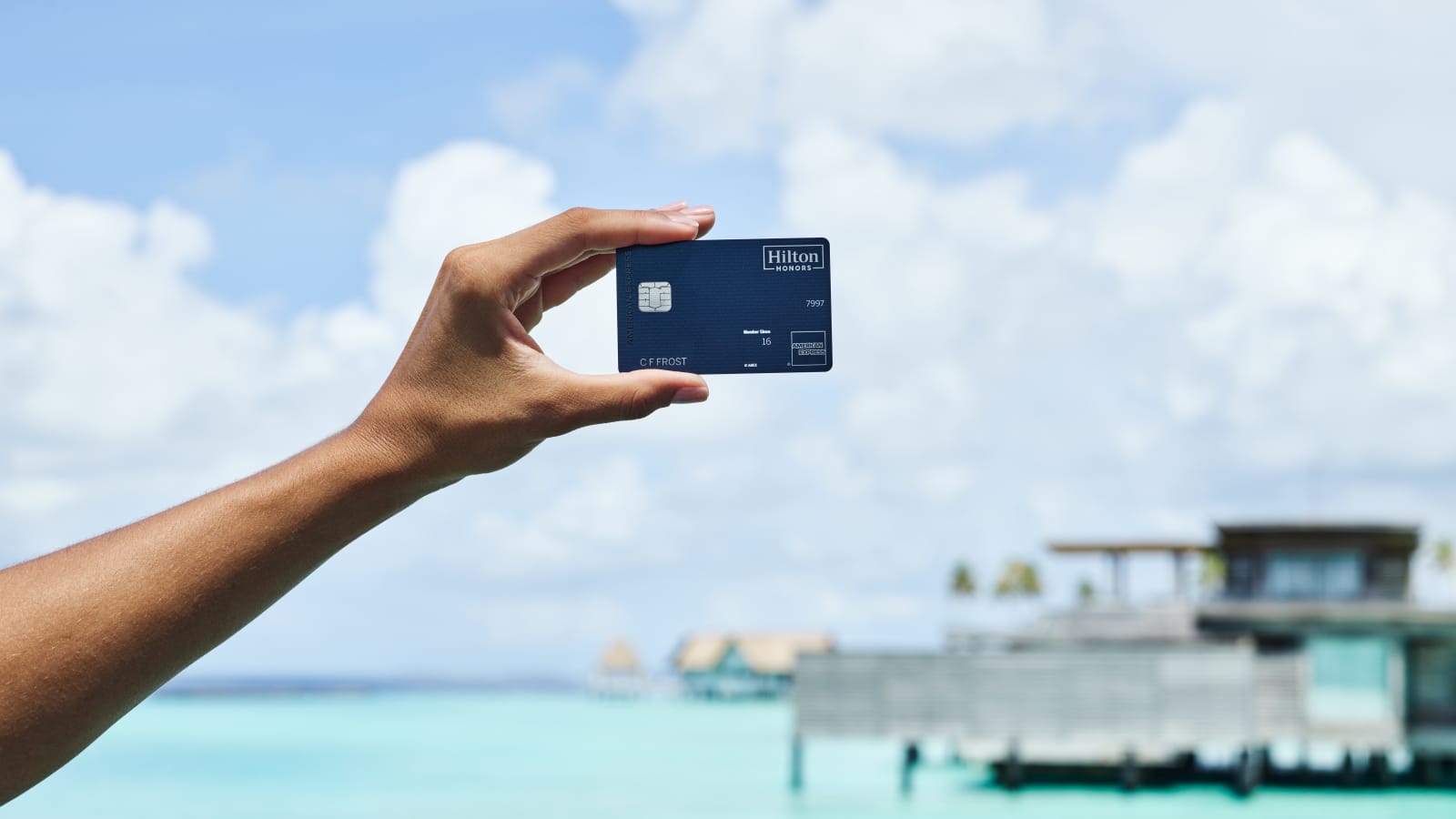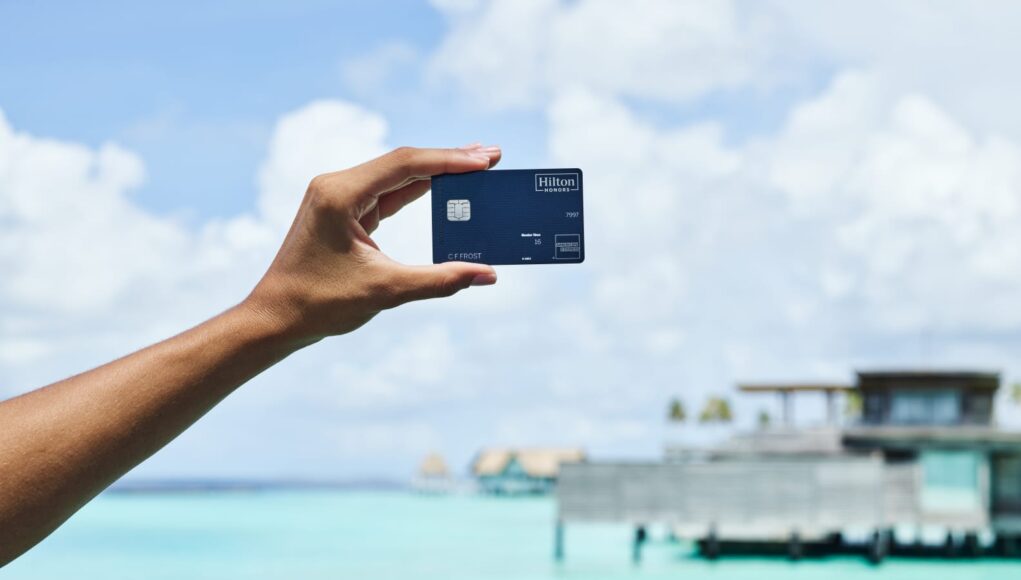The Ocean Credit Card balance transfer offers option for existing customers. Check their terms for rates and the possibility of fees.
Managing your finances can be streamlined with the right balance transfer credit card, and the Ocean Credit Card might be a tool to consider. It allows you to consolidate debts from other cards, potentially at a lower interest rate, which can simplify payments and save on interest charges.
It’s important to review the specific details of the Ocean Credit Card’s balance transfer feature, including any introductory offers, standard rates, and associated fees that might apply. With the right approach, an Ocean Credit Card balance transfer could be a wise financial step for those looking to reduce their existing credit card debt and organize their financial commitments more effectively. Always read the issuer’s terms carefully and calculate potential savings before proceeding with a balance transfer.
Introduction To Balance Transfers
Imagine moving debt from one card to another like a magic trick. That’s a balance transfer. It’s a way to shift your outstanding credit card balance to a new card. Often, this new card has a lower interest rate. This move can save you money. Let’s explore this clever financial strategy.
What Is A Balance Transfer?
A balance transfer is when you move debt from one credit card to another. This new card usually has a special offer. The offer may include a low or 0% interest rate. This period is promotional and lasts for a limited time.
Benefits Of Transferring Credit Card Balances
- Save Money: Lower interest rates mean less money spent on interest.
- Consolidate Debt: Combine multiple debts into one easy payment.
- Improve Cash Flow: Reduced interest rates allow for better budget management.
- Credit Score Benefits: Managing debt better can improve your credit score.
- Less Stress: One debt payment reduces financial stress.

Ocean Credit Card’s Balance Transfer Features
Shifting your existing debt to an Ocean Credit Card could be a savvy move. You can enjoy easier management of your finances. You might save money on interest, too. This section will explore the balance transfer options that Ocean offers, focusing on the key terms, interest rates, as well as transfer limits and fees. Let’s dive into what makes the Ocean Credit Card a potential lifesaver for your wallet.
Key Terms And Interest Rates
- Balance Transfer: Move a balance from one card to Ocean.
- Introductory Offer: The initial period with low or no interest.
- Standard Rate: Interest applied post-introductory offer.
When choosing a balance transfer, interest rates are vital. Ocean Credit Card often presents a tempting introductory offer. This offer usually comes with minimal or no interest for a set period. Carefully check the standard rate that kicks in after this period.
Transfer Limits And Fees
| Feature | Details |
|---|---|
| Maximum Transfer | Up to 93% of your credit limit. |
| Transfer Fee | A one-time charge on the amount moved. |
| Time Limit | Complete transfers within a specific timeframe. |
There are caps on how much you can shift to your Ocean card. Usually, you can transfer up to 93% of your available credit limit. Bear in mind, a transfer is not free. You pay a fee, a percentage of the transferred amount. Complete your balance transfer within the Ocean card’s given time limit to take advantage of the offer. Waiting too long could void the introductory rate.
Our exploration of Ocean Credit Card’s features uncovers an opportunity to regain control of your finances. Keep in mind the rates, limits, and fees as you consider consolidating your debts onto a single card.
Strategies For Maximizing Savings
Seeking ways to save money through balance transfers? A sharp strategy can lead to substantial savings. Optimize your approach with an Ocean Credit Card. Let’s explore the best tactics.
Timing Your Balance Transfer
Strike at the right moment. Interest charges pile up daily. Act swiftly after card approval. Aim for periods with promotional offers. Zero percent interest deals are goldmines but brief.
- Avoid delays post-approval for maximum benefit.
- Transfer before the current card’s billing cycle ends to dodge more charges.
- Monitor the promotional period. Track the end date.
Remember: Transfers usually incur fees. Calculate the fee against potential interest savings. Ensure you stay on the winning side.
Calculating Potential Savings
Understanding numbers is crucial. It’s simple math. Cut down on interest, keep more money.
| Detail | Calculation | Savings |
|---|---|---|
| Current Interest | Current balance x Current APR | Total Interest – Transfer Fee |
| Transfer Fee | Balance x Transfer Fee % | |
| Potential Interest | New balance x Promotional APR |
Dive into the data. Use the Ocean Credit Card’s online calculators for precise figures. Forecast your financial future by crunching these numbers.
Ensure transfers align with your payoff plan. Timed well and calculated right, balance transfers are paths to savings.
Avoiding Common Pitfalls
Transferring a balance to an Ocean Credit Card can be a smart move. It helps you manage debt and save on interest.
Reading The Fine Print
Understanding the terms of a balance transfer is crucial. Look for details hidden in the fine print:
- Transfer Fees: Usually, a small percentage of the balance.
- Introductory Offers: These can include low or zero percent interest rates for a set period.
- Interest Rates Post-Introductory Period: Know the standard rate after the offer ends.
- Balance Transfer Limits: There may be caps on how much you can transfer.
Review these terms to avoid unexpected costs.
Managing New Purchases
After a balance transfer, focus on repayment. Avoid these errors with new purchases:
| New Purchases | Impact |
|---|---|
| Using Card for New Buying | Can lead to more debt and interest. |
| Not Tracking Spending | Makes it hard to stick to a budget. |
| Forgetting Transfer Deadlines | Misses the benefit of promotional rates. |
Stay on top of these factors to ensure you make the most of your balance transfer.
Long-term Financial Management
Managing your money well is important, especially with credit cards. Ocean Credit Card’s balance transfer feature is a smart move. It lets you shift debts from one card to another. This helps you save on high interest. But for long-term gains, you need a solid plan.
Creating A Payoff Plan
Mapping out a clear payoff strategy is key to balance transfer success. Take these steps:
- Check the promotional period: Know how long the low interest lasts.
- Calculate monthly payments: Dividing your balance by months in the promo period helps.
- Set reminders: Avoid missing payments to benefit from low interest.
Staying disciplined with payments shrinks your debt. It also boosts your overall financial health.
Credit Score Considerations
Your credit score matters. A balance transfer can help it, or hurt it. Here’s how:
| Factor | Effect on Credit Score |
|---|---|
| Credit Utilization | Lower utilization with balance transfer improves your score. |
| New Credit Inquiries | Getting a new card can cause a small, temporary drop in your score. |
| On-Time Payments | Consistent payments over time positively impact your score. |
Keeping these factors in mind maintains a good credit score. That opens doors to better rates.
Final Thoughts
As we wrap up our journey through the intricacies of Ocean Credit Card balance transfers, let’s consolidate the wisdom we’ve gained. Making a smart financial move requires clear understanding and careful thought.
Is A Balance Transfer Right For You?
Moving your balance to an Ocean Credit Card can be smart. Look at interest rates, transfer fees, and your debt size. A balance transfer works best for those who can save on interest and pay off debt faster. Are you disciplined in repayments? Consider this option carefully.
Future Financial Planning
Think beyond the immediate benefits of a balance transfer. Create a long-term plan for a debt-free life. Set financial goals and budget with care. Consistently save and assess spending. Use credit cards wisely to maintain a strong credit score and secure financial health.
Remember, every financial decision today shapes your tomorrow. Choose wisely!
Frequently Asked Questions On Ocean Credit Card Balance Transfer
Is Ocean Credit Card Owned By Capital One?
No, the Ocean credit card is not owned by Capital One; it is issued by Capital One on behalf of Ocean Finance.
What Is The Highest Limit On An Ocean Credit Card?
The highest credit limit on an Ocean Credit Card is typically £1,500 for eligible customers. Credit limits are subject to individual financial circumstances and credit checks.
Is There A Way To Transfer Credit Card Balance?
Yes, you can transfer a credit card balance by initiating a balance transfer to another card, often with a different issuer offering lower interest rates or promotional terms.
Which Bank Is The Ocean Credit Card?
The Ocean Credit Card is issued by Capital One.
Exploring the Ocean Credit Card for balance transfers can be a savvy financial move. Embrace the potential savings on interest and enjoy greater flexibility in managing debt. Remember to review the terms and meticulously plan the payback strategy. Start on the path to a healthier financial future now.
Choose wisely, transfer smartly, and swim smoothly in the vast sea of credit options.






